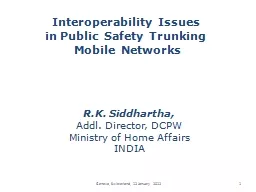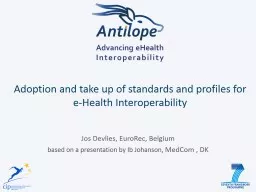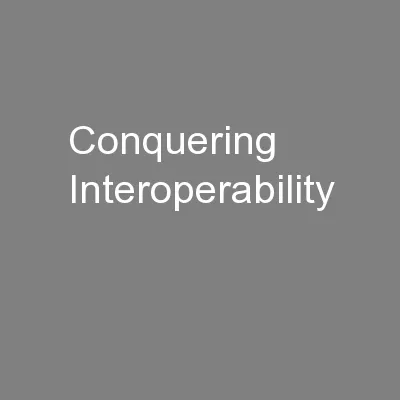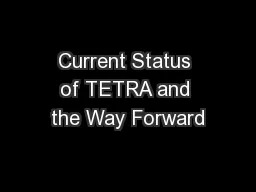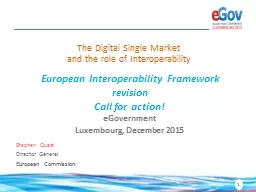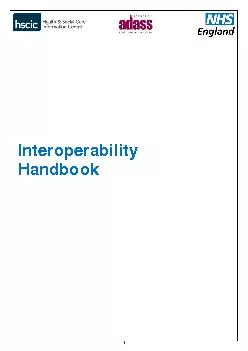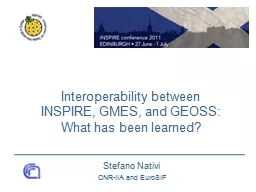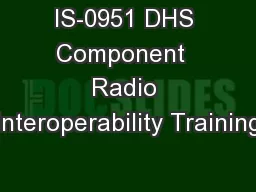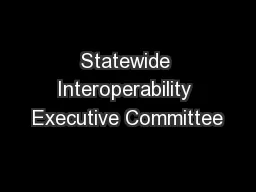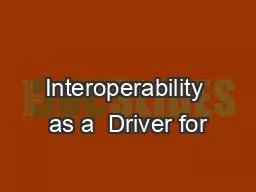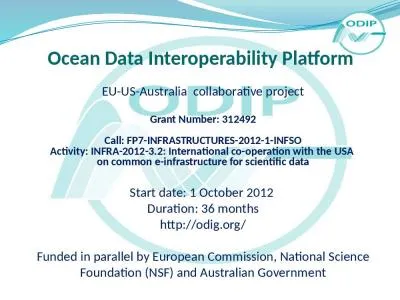PPT-Interoperability Issues
Author : min-jolicoeur | Published Date : 2016-05-15
in Public Safety Trunking Mobile Networks RK Siddhartha Addl Director DCPW Ministry of Home Affairs INDIA 1 Geneva Switzerland 12 January 2012 O utline Public
Presentation Embed Code
Download Presentation
Download Presentation The PPT/PDF document "Interoperability Issues" is the property of its rightful owner. Permission is granted to download and print the materials on this website for personal, non-commercial use only, and to display it on your personal computer provided you do not modify the materials and that you retain all copyright notices contained in the materials. By downloading content from our website, you accept the terms of this agreement.
Interoperability Issues: Transcript
Download Rules Of Document
"Interoperability Issues"The content belongs to its owner. You may download and print it for personal use, without modification, and keep all copyright notices. By downloading, you agree to these terms.
Related Documents

